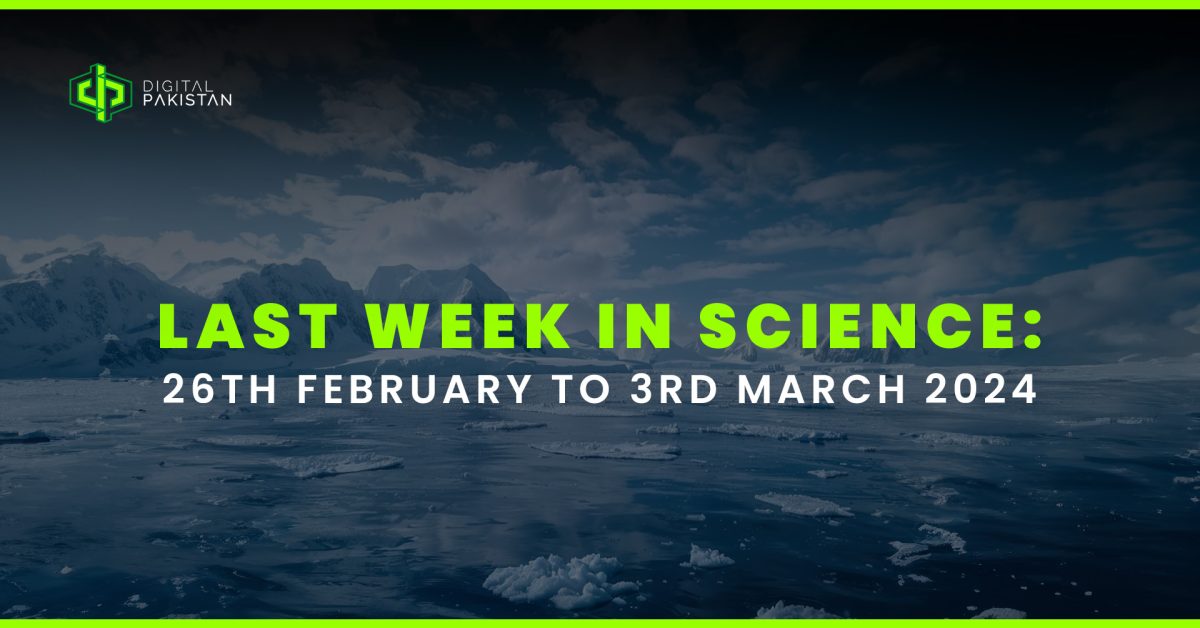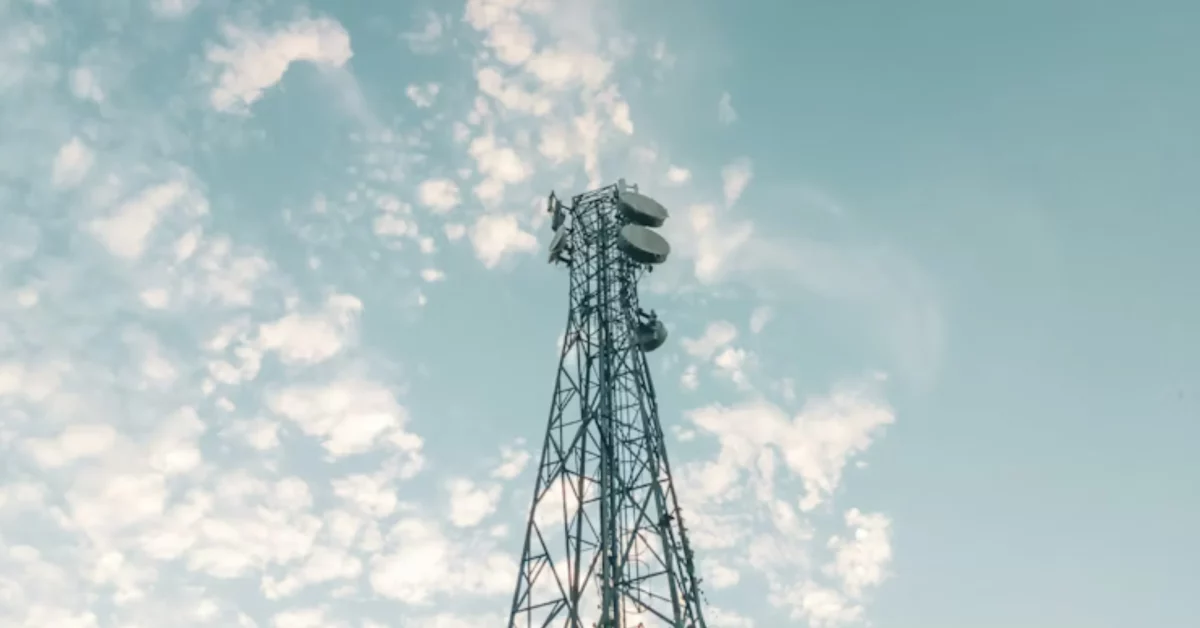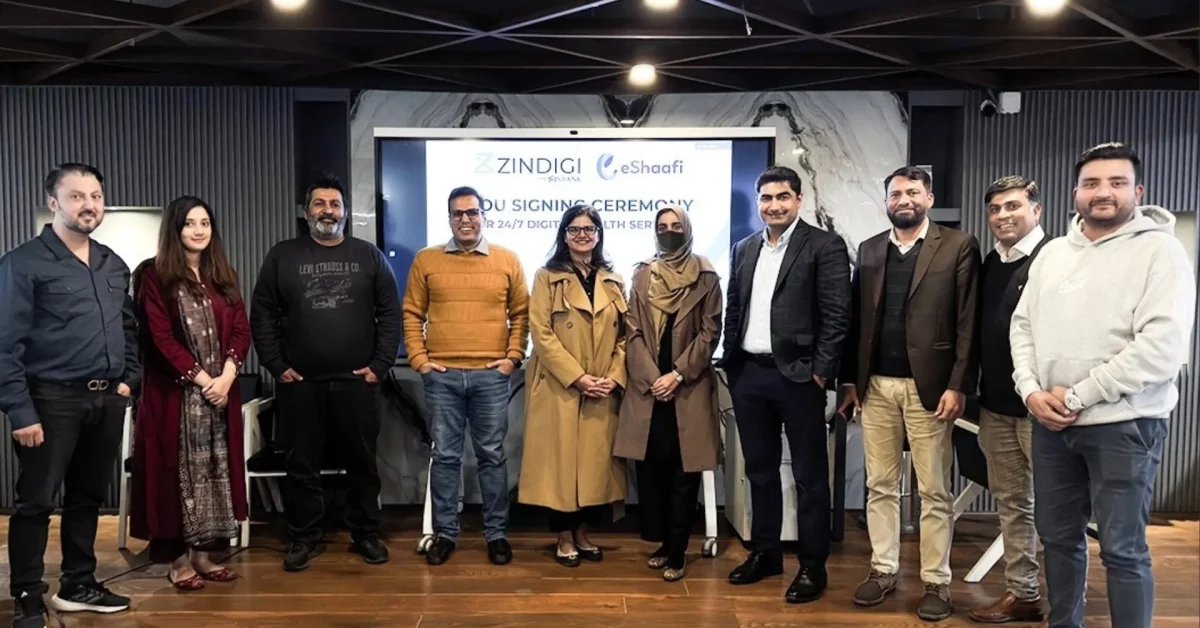
The Right Byte: The StoryGraph
March 3, 2024
Women in AI is Making a Difference: Advancing AI and Women’s Role in Science
March 9, 2024Last Week in Science; From 26th February to 3rd March
The cosmos has been abuzz with discoveries, harmonies, and microscopic wonders. From gravitational waves to stardust cells, our scientific journey has been nothing short of captivating. So you better make like Jasmine, because I can show you the world, but only the world between February 26th and March 3rd, 2024. I know I’m not a very good Alladin.
Cosmic Revelations: Gravitational Waves and the Celestial Symphony
On February 26th, 2024, a cosmic overture echoed across the universe. Scientists, armed with the Laser Interferometer Gravitational-Wave Observatory (LIGO) and the Virgo collaboration, unveiled a celestial symphony—the gravitational waves. These cosmic ripples, born from cataclysmic events like black hole mergers and pulsar collisions, carry the rhythm of space-time itself. Imagine Pythagoras wielding a cosmic baton and conducting an otherworldly orchestra. The implications? Mind-bending as our understanding of the cosmos waltzes to a new beat.
Pythagoras Was Wrong? Universal Musical Harmonies Rewritten
February 27th, 2024, marked a seismic shift in music theory. Forget Pythagoras’ rigid ratios; the universe dances to a different tune. Scientists at the Institute of Cosmic Harmony revealed that musical harmonies are not fixed but fluid. They discovered that the cosmic background radiation, a faint echo of the Big Bang, hums in harmonious frequencies. These cosmic chords resonate across the universe, creating a symphony that defies Pythagorean scales. Move over, Mozart—nature’s concert hall just got an upgrade.
Microplastics: Tiny Troublemakers in Our Oceans
February 28th, 2024, brought a sobering revelation: our oceans teem with invisible invaders. Microplastics, those minuscule particles shed by plastic waste, infiltrate marine ecosystems. Researchers found them in the bellies of plankton, the gills of fish, and even the depths of the Mariana Trench. These tiny troublemakers disrupt marine life, leaching toxic chemicals and altering food chains. It’s time to rethink our plastic addiction and protect the blue heart of our planet.
Cells from Earth: A Cosmic Connection
On Leap Day, February 29th, 2024, scientists unveiled a cosmic twist. Our earthly cells share a lineage with the stars. Using cutting-edge techniques, they traced the origins of cellular building blocks back to interstellar dust. These stardust particles, forged in ancient supernovae, seeded our young planet with the raw materials of life. From nebulae to neurons, the cosmic connection pulses within us all. As Carl Sagan once mused, “We are made of star stuff.”
High-Resolution Simulations Illuminate Galactic Mysteries
March 1st, 2024, saw astronomers dive into the hearts of galaxies. High-resolution simulations, akin to cosmic VR, revealed the intricate dance of stars, dark matter, and supermassive black holes. These virtual observatories unveiled the hidden choreography behind galactic collisions, star formation, and cosmic ballets. As we explore these digital realms, we glimpse the cosmic choreographer’s masterstroke.
Antarctic Sea Ice: A Melting Symphony of Concern
March 2nd, 2024, brought a chilling crescendo. Antarctic sea ice, the planet’s icy sentinel, is fretting. Satellite data revealed alarming thinning and fracturing. As the polar orchestra warms, sea levels rise, ecosystems falter, and climate rhythms falter. Scientists urge us to listen closely—to the whispers of melting ice and the urgent call for climate action. The Antarctic stage awaits our response.
Tails of Ape Ancestors: An Evolutionary Advantage
On March 3rd, 2024, we rewound the evolutionary tape. Researchers discovered that our ape ancestors once flaunted tails. These vestigial appendages, lost over eons, held hidden advantages. From balance to communication, tails were nature’s Swiss Army knives. As we ponder our own tailless existence, perhaps we should embrace our ancient lineage and find our own evolutionary edge.
From gravitational waves to cosmic harmonies, microplastics to stardust cells, our world pulses with wonder. As science unfurls its tapestry, we remain avid listeners, ready to dance to the rhythm of discovery. Stay curious, fellow cosmic travelers and see you next week on my magic flying carpet.
About the Author:
Nouman Ahmad Noor, your friendly Clinical Psychologist with big dreams! Juggling the art of unraveling minds, aspiring to craft captivating novels, and fueling the next generation of knowledge as a future professor. Join me on this exciting journey of understanding minds and weaving tales!
References
Athron, P., Balázs, C., Fowlie, A., Morris, L., & Wu, L. (2023). Cosmological phase transitions: From perturbative particle physics to gravitational waves. Progress in Particle and Nuclear Physics, 104094. https://doi.org/10.1016/j.ppnp.2023.104094
Barreto, J., & Restrepo, J. (2024, March 2). “VERY WoRrIeD”: Scientists fret as Antarctic sea ice dwindles. Phys. https://phys.org/news/2024-03-scientists-fret-antarctic-sea-ice.html
Jung, M., Roca-Fàbrega, S., Kim, J., Genina, A., Hausammann, L., Kim, H. J., Lupi, A., Nagamine, K., Powell, J. W., Revaz, Y., Shimizu, I., Velázquez, H., Ceverino, D., Primack, J. R., Quinn, T., Strawn, C., Abel, T., Dekel, A., Dong, B., . . . Teyssier, R. (2024). The AGORA High-Resolution Galaxy Simulations Comparison Project. V: Satellite Galaxy populations in a cosmological zoom-in simulation of a Milky Way-Mass halo. arXiv (Cornell University). https://doi.org/10.48550/arxiv.2402.05392
Marjieh, R., Harrison, P. M. C., Lee, H., Deligiannaki, F., & Jacoby, N. (2024). Timbral effects on consonance disentangle psychoacoustic mechanisms and suggest perceptual origins for musical scales. Nature Communications, 15(1). https://doi.org/10.1038/s41467-024-45812-z
Pulletikurti, S., Veena, K. S., Yadav, M., Deniz, A. A., & Krishnamurthy, R. (n.d.). Experimentally modeling the emergence of prebiotically plausible phospholipid vesicles. Chem. https://doi.org/10.1016/j.chempr.2024.02.007
Roca-Fàbrega, S., Kim, J., Primack, J. R., Jung, M., Genina, A., Hausammann, L., Kim, H. J., Lupi, A., Nagamine, K., Powell, J. W., Revaz, Y., Shimizu, I., Strawn, C., Velázquez, H., Abel, T., Ceverino, D., Dong, B., Quinn, T., Shin, E. M., . . . Collaboration, A. (2024). The AGORA High-resolution Galaxy Simulations Comparison Project IV: Halo and Galaxy Mass Assembly in a Cosmological Zoom-in Simulation at $z\le2$. arXiv (Cornell University). https://doi.org/10.48550/arxiv.2402.06202
Strawn, C., Roca-Fàbrega, S., Primack, J. R., Kim, J., Genina, A., Hausammann, L., Kim, H. J., Lupi, A., Nagamine, K., Powell, J. W., Revaz, Y., Shimizu, I., Velázquez, H., Abel, T., Ceverino, D., Dong, B., Jung, M., Quinn, T., Shin, E. M., . . . Mayerhofer, P. (2024). The AGORA High-resolution Galaxy Simulations Comparison Project. VI. Similarities and differences in the circumgalactic Medium. The Astrophysical Journal, 962(1), 29. https://doi.org/10.3847/1538-4357/ad12cb
Xia, B., Zhang, W., Zhao, G., Zhang, X., Bai, J., Brosh, R., Wudzinska, A., Huang, E., Ashe, H., Ellis, G., Pour, M., Zhao, Y., Coelho, C., Zhu, Y., Miller, A., Dasen, J. S., Maurano, M. T., Kim, S. Y., Boeke, J. D., & Yanai, I. (2024). On the genetic basis of tail-loss evolution in humans and apes. Nature. https://doi.org/10.1038/s41586-024-07095-8
Yu, Z., Wang, J.-J., Ying, L.-Y., Li, Z., & Zeng, E. Y. (2024, February 28). Drinking Boiled Tap Water Reduces Human Intake of Nanoplastics and Microplastics. ACS Publication. Retrieved March 5, 2024, from https://doi.org/10.1021/acs.estlett.4c00081






